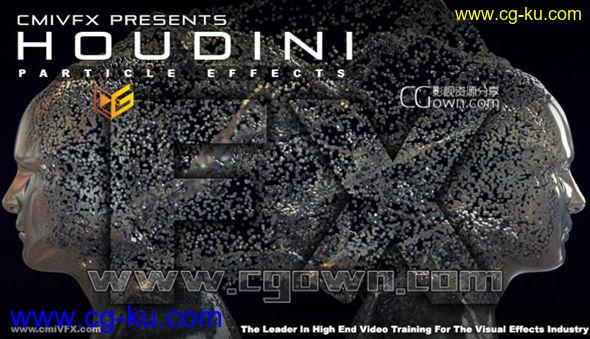本教学中用一种清楚简单的方法为大家分解了复杂的粒子变形特效。
我们将一部分一部分,一个系统一个系统的创建这个特效,并且不断的增加复杂程度,最终得到了一个完整并且无缝衔接的结果。
任何一个粒子特效师的目标就是完全控制自己的仿真,我们将为大家介绍几种实现这个目标的方法。
每种方法都是为一个特定的目标服务的,而每种方法都有好几层不同的控制与灵活度。
我们将查看一些简单的基于SOP的解决方案,接下来我们就会去到POPS中,将morph特效制作出来。
接下来我们会将这个知识引入到dops中,得到粒子间的碰撞效果,并且充分利用DOP CONTEXT。
接着我们会查看一些高级的例子,我们会在这里实现几何体的无缝变形。
而不只是一些附加了几何体的随机的点。
This brand new Houdini training video breaks down complicated particle morphing effects in a way that is clear and easy to follow.
We’ll be building our effects block-by-block and system-by-system, adding complexity as we go, which will provide us with a complete and seamless result.
The goal of any particle artist is to be able to fully direct and control his simulations, and we’ll show you several ways of accomplishing this.
Each method will serve a special purpose, and each method will have different levels of control and flexibility.
We’ll look at some simple, SOPs-based solutions and then we’ll move on from there into the world of POPs, where we can really add life to the morph effect.
From there we’ll bring this knowledge into DOPs, where we can get true inter-particle collisions and take advantage of the powerful DOP context.
We’ll also look at an advanced example where we really need the geometry to seamlessly morph, rather than just points with random geometry attached to them.
This video contains a wealth of critical knowledge for anyone looking to make their particle morphs behave in an artistic and natural manner; it will greatly enhance your knowledge of particle animation and it will provide you with an advanced skill set in particle morphing effects.

发布日期: 2014-11-25